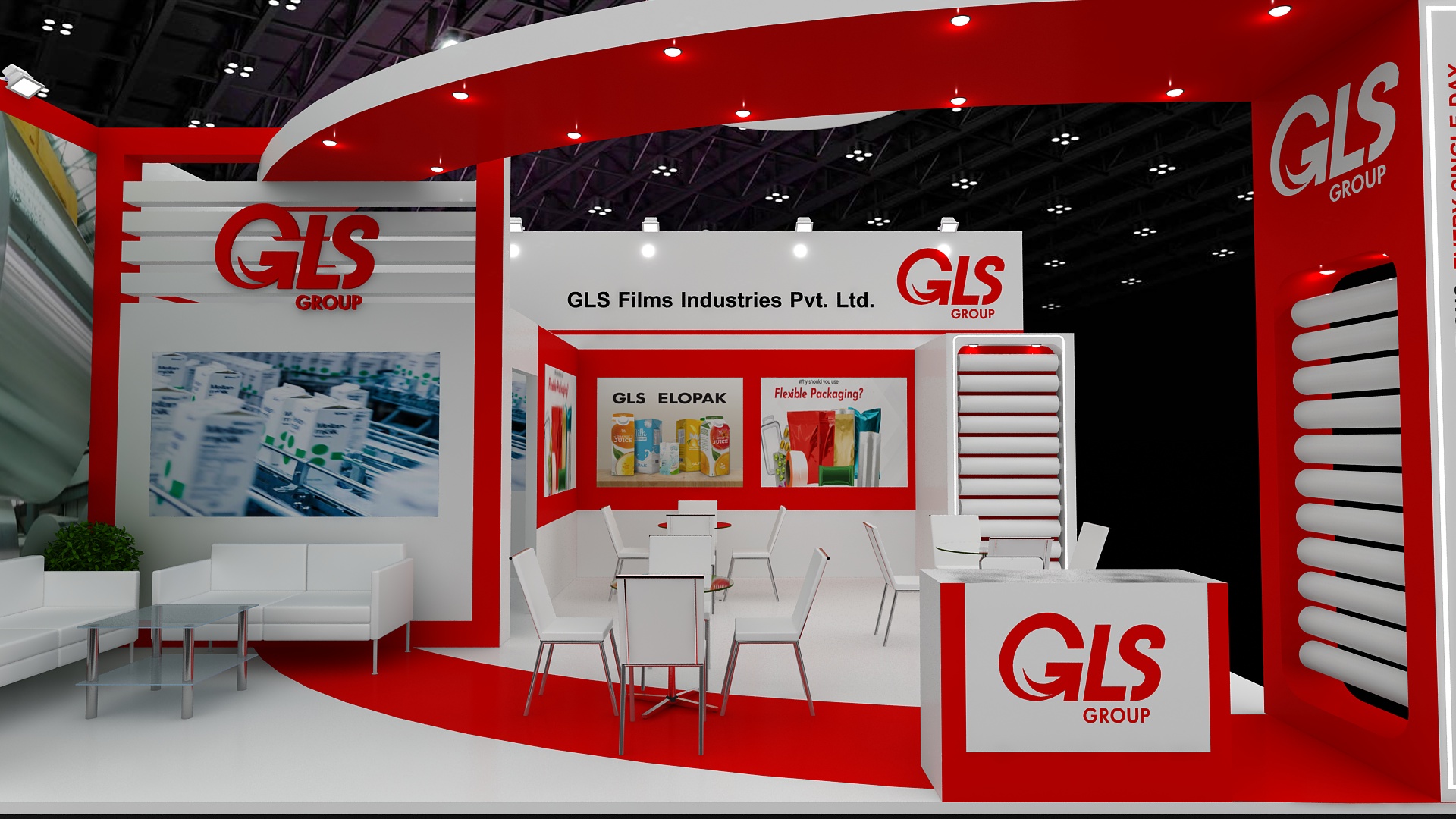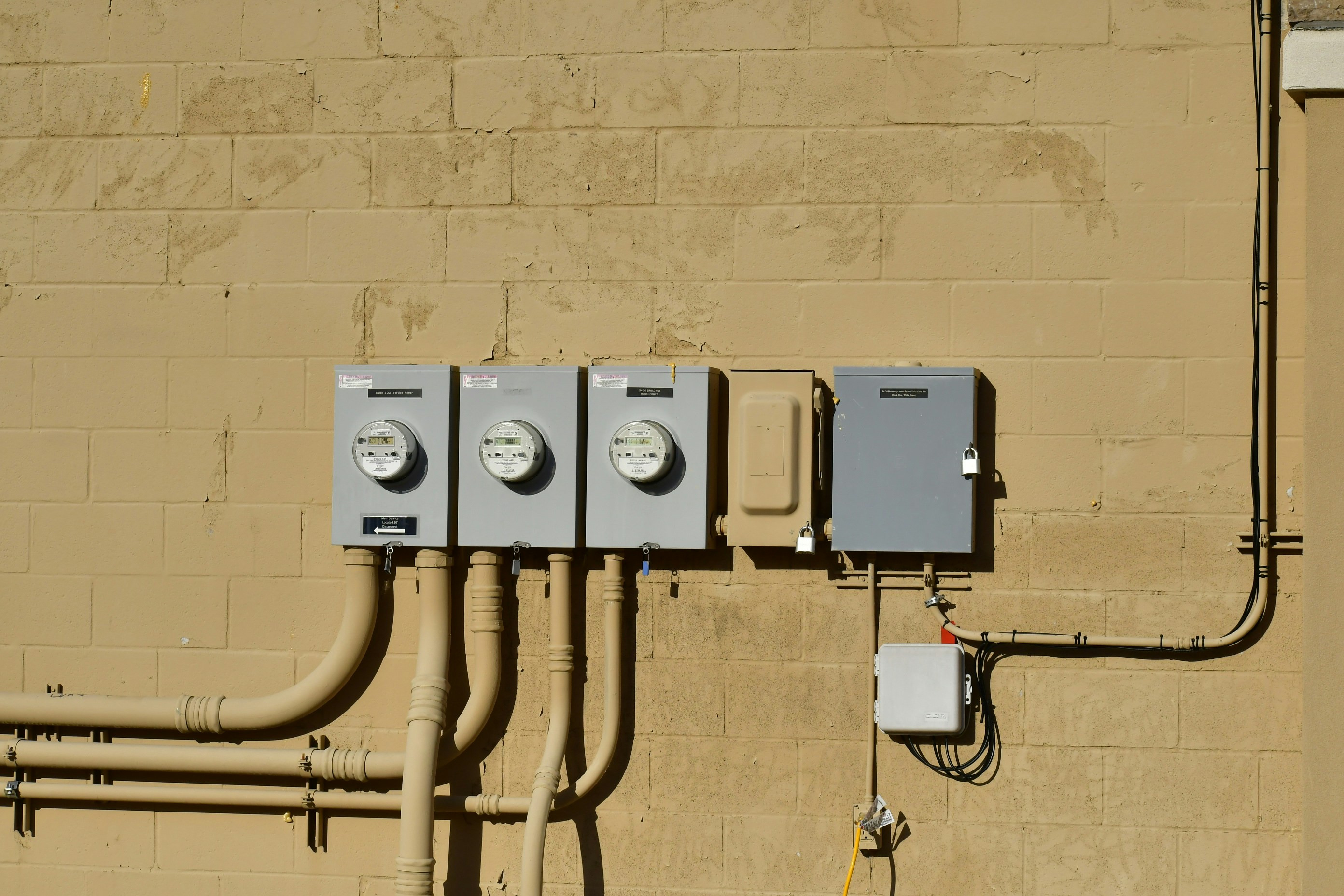Crafting High-Impact Trade Show Booths: A Guide for Exhibition Stand Builders

Strong 8k brings an ultra-HD IPTV experience to your living room and your pocket.
In the highly competitive trade show environment, businesses are constantly competing for attention among a sea of exhibitors. The exhibition stand plays a crucial role in this effort. For exhibition stand builders, the task goes beyond simple construction—it's about crafting spaces that embody the brand, foster interaction, and drive business outcomes. This guide will dive into the key elements of successful exhibition stand building, from design concepts to practical logistics, and how they contribute to a winning trade show presence.
Understanding Client Objectives: Laying the Groundwork for a Successful Stand
Before any construction begins, understanding the client’s objectives is essential. Are they focused on launching a product, generating leads, boosting brand visibility, or networking with industry peers? These goals shape every aspect of the stand, from its design and materials to the interactive elements it features. Aligning the stand with the client’s strategy is the key to maximizing their trade show impact.
Key Considerations:
Audience Targeting: Identify the target demographic and tailor the booth experience to resonate with them. For example, a tech-driven space may appeal more to younger visitors, while a more formal, polished setup may be appropriate for certain professional industries.
Brand Messaging: Every aspect of the stand should reflect the client’s brand identity, from color schemes and logos to the overall ambiance. Creating an immersive experience strengthens brand recognition.
Product Presentation: If the focus is on launching a product, the stand design should spotlight it through strategic lighting, placement, and interactive demonstrations. Adequate space for product displays, live demos, and customer interactions is crucial.
Designing for Maximum Impact: Combining Creativity with Functionality
Once the client's goals are clear, the next step is to design a booth that is visually striking while remaining practical and functional. A great design not only attracts attention but also serves a purpose.
Attention-Grabbing Design Elements:
Bold Graphics and Color Palettes: Use vibrant colors and high-quality visuals that reflect the client’s brand and catch the eye amidst the trade show crowd. Graphics should communicate the brand message clearly, even from a distance.
Strategic Lighting: Lighting plays a significant role in enhancing the booth’s visual appeal. Accent lighting can highlight key products or brand logos, while ambient lighting creates an inviting atmosphere.
Custom Structures: Depending on the client’s vision, consider incorporating custom elements like towers, hanging banners, or digital displays to enhance the booth’s visibility and reinforce brand identity.
Functional Design Features:
Efficient Layout and Traffic Flow: Ensure the booth’s layout allows for smooth visitor movement. Avoid cluttered spaces, and create clear paths for easy navigation.
Concealed Storage: Hidden storage areas for brochures, promotional items, and personal belongings help maintain a clean and organized booth throughout the event.
Meeting and Seating Areas: If client meetings are part of the strategy, include comfortable seating areas or private spaces to facilitate in-depth conversations away from the noise of the trade show floor.
Leveraging Technology: Elevating Visitor Engagement
Today’s trade show attendees expect more than just static displays. Integrating technology into exhibition stands not only enhances visitor engagement but also showcases the client’s commitment to innovation.
Tech-Enhanced Features:
Interactive Touchscreens: These can be used to showcase products, stream demo videos, or allow visitors to sign up for mailing lists, offering a hands-on way to explore the brand.
Virtual and Augmented Reality (VR/AR): VR and AR create immersive experiences that captivate visitors, offering a memorable way to interact with products or services. For instance, a real estate company could provide virtual tours of properties, while a tech firm could use AR to demonstrate software applications.
Live Social Media Feeds: By displaying live social media streams or running event-related hashtags on-screen, the booth can extend its reach beyond the physical space, driving online engagement and attracting more foot traffic.
Mobile Charging Stations: Offering charging points encourages visitors to linger longer, increasing the chances of meaningful engagement.
Boosting Visitor Engagement: From Attraction to Conversion
Attracting visitors is only the first step—engaging them and converting that interest into tangible results is where true success lies. Exhibition stand builders need to think about how the booth’s design facilitates meaningful interactions.
Engagement Strategies:
Live Demonstrations and Presentations: Hosting live demos or presentations of products or services can be an effective way to engage visitors. Plan for regular demonstrations throughout the day to maintain a steady flow of traffic.
Contests and Giveaways: Interactive games, contests, or giveaways can drive interest and provide an opportunity to collect valuable contact information for follow-up. Be sure these activities align with the client’s brand goals.
Staff Training: The staff manning the booth are a crucial part of the visitor experience. Ensure they are well-prepared, knowledgeable, and capable of engaging visitors in a friendly and informative manner.
Practical Considerations: Logistics and Execution in Stand Building
Behind every successful trade show booth is careful logistical planning. As an exhibition stand builder, ensuring that the booth can be transported, assembled, and dismantled with ease is just as important as the design itself.
Key Logistical Factors:
Transport and Setup: Ensure the booth’s components are modular and easy to transport. Anticipate challenges that may arise with oversized or heavy materials.
Build Time and Adaptability: Aim to complete the booth within the given timeframe while remaining flexible enough to accommodate any last-minute changes. Unexpected obstacles such as missing components or changes to the exhibition space are common.
Health and Safety Compliance: Ensure that the booth meets all local health and safety regulations, particularly concerning electrical installations, structural stability, and fire safety.
Sustainability in Exhibition Stand Building: Meeting Modern Expectations
As sustainability becomes an increasingly important issue for businesses, exhibition stand builders can play a vital role in reducing environmental impact. Building eco-friendly booths not only aligns with many brands’ values but also showcases social responsibility.
Sustainable Design Practices:
Reusable Components: Use materials that can be repurposed for future trade shows, such as modular components or aluminum framing. This reduces waste and cuts costs over time.
Eco-Friendly Materials: Opt for recycled or sustainably sourced materials, such as reclaimed wood, eco-friendly textiles, or biodegradable signage.
Energy Efficiency: Consider using energy-efficient lighting solutions, like LED lights or even solar-powered elements, to reduce the booth’s overall carbon footprint.
Post-Show Reflection: Measuring Success and Preparing for the Future
Once the trade show concludes, it’s time to evaluate the booth’s performance. For exhibition stand builders, it’s important to assess how well the stand met the client’s objectives and to gather feedback for future improvements.
Assessing Success:
Visitor Traffic and Interaction: Analyze how many visitors engaged with the booth and for how long. Did the design encourage meaningful interactions, such as product demos or conversations?
Lead Generation: Track the number of qualified leads collected during the event. This is often a direct indicator of trade show success.
Client Satisfaction: Obtain feedback from the client to understand what aspects worked well and what areas can be improved for future projects.
Conclusion
The world of exhibition stand building is ever-evolving, influenced by new technologies, design trends, and client expectations. To stay competitive, exhibition stand builders in Dortmund must embrace creativity, practicality, and sustainability while remaining adaptable to change. By combining innovative design with functional considerations and keeping the client’s goals at the forefront, exhibition stand builders can continue to create impactful trade show experiences that drive business success.
Note: IndiBlogHub features both user-submitted and editorial content. We do not verify third-party contributions. Read our Disclaimer and Privacy Policyfor details.







